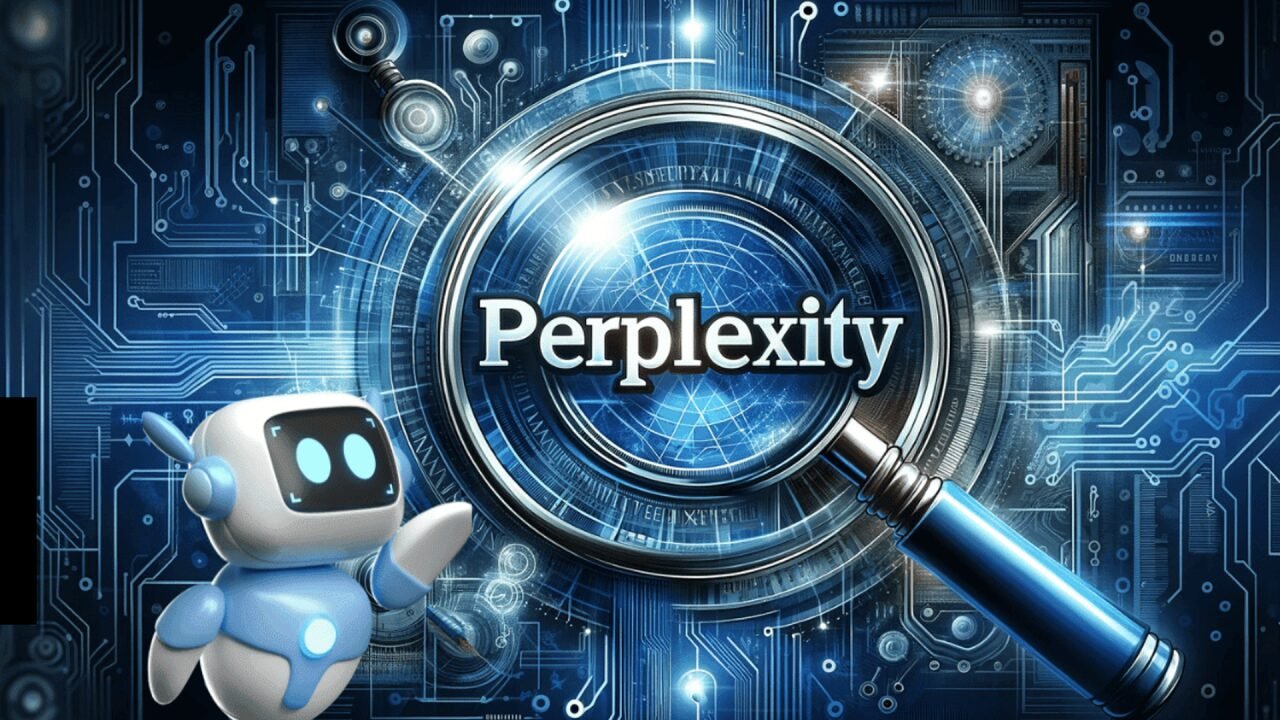Introduction:
Welcome to the fascinating world of Neural Networks (NN), where machines learn and adapt, mimicking the intricate workings of the human brain. In this friendly guide, we’ll embark on a journey to demystify Neural Networks, making the complex world of machine learning accessible to everyone.
Neural Networks Model ( NN models ) Unveiled: A Story of Patterns and Adaptability
Imagine machines capable of recognizing patterns and relationships in data, much like how our brains operate. That’s the magic of Neural Networks—a subset of machine learning that employs algorithms (or artificial neurons) to adapt and process information dynamically. Unlike traditional methods, Neural Networks don’t require constant redesigning; they evolve to generate optimal results.
Why Neural Networks? Solving Puzzles in Data
In our ever-expanding toolkit of learning algorithms, Neural Networks step up when faced with complex, non-linear puzzles. Take, for instance, the Breast Cancer Wisconsin dataset. Logistic regression, a reliable tool in simpler scenarios, struggles when confronted with intricate non-linear features. Enter Neural Networks—our problem-solving heroes, equipped to navigate the complexity and provide efficient solutions.
Let’s Meet the Cast: Layers, Neurons, and Computations
Neural Networks, or artificial neural networks (ANN), are the actors in our learning play. Picture them as layers of interconnected neurons—input, hidden, and output—each with a vital role. Through forward propagation, the network processes information, fine-tuning its parameters during backpropagation. It’s like a team effort where everyone plays their part in understanding and learning from the data.
Streamlining for Efficiency: Vectorized Implementation
Now, let’s talk efficiency. To make our Neural Network more efficient, we opt for a vectorized implementation. This essentially means representing our model as vectors, making calculations smoother and more straightforward. Think of it as a way to handle large datasets and complex computations with ease.
Training Day: Backpropagation Unveiled
Training our Neural Network involves a fascinating process called backpropagation. It’s like the model’s learning journey. This iterative algorithm computes gradients, helping us modify weight matrices to achieve the desired outcomes. We’ll navigate through the chain rule of differentiation—no need to worry; we’ll make it as clear as day.
Starting Random: Zero Initialization and the Need for Diversity
Weight matrices are the secret sauce of Neural Network training. We explore what happens when we start with zero initialization, emphasizing the importance of randomness. Just like a diverse group brings more creativity to the table, diverse weight values ensure effective learning for our model.
Your Step-by-Step Guide: Building and Training a Neural Network
Ready for some hands-on action? We provide a step-by-step guide to modeling and training your very own Neural Network. It’s like a recipe for success, where you mix the right ingredients—input layers, hidden layers, and output layers—in the perfect order.
# class NeuralNet(): def __init__(self, layers = [30, 14, 1], learning_rate = 0.001, iterations = 100): self.params = {} self.learning_rate = learning_rate self.iterations = iterations self.cost = [] self.sample_size = None self.layers = layers self.X = None self.Y = None def init_weights(self): np.random.seed(1) self.params['theta_1'] = np.random.randn(self.layers[0], self.layers[1]) self.params['b1'] = np.random.randn(self.layers[1],) self.params['theta_2'] = np.random.randn(self.layers[1], self.layers[2]) self.params['b2'] = np.random.randn(self.layers[2],) def sigmoid(self,z): return 1.0/(1.0 + np.exp(-z)) def cost_fn(self, y, h): m = len(y) cost = (-1/m) * (np.sum(np.multiply(np.log(h), y) + np.multiply((1-y), np.log(1-h)))) return cost def forward_prop(self): Z1 = self.X.dot(self.params['theta_1']) + self.params['b1'] A1 = self.sigmoid(Z1) Z2 = A1.dot(self.params['theta_2']) + self.params['b2'] h = self.sigmoid(Z2) cost = self.cost_fn(self.Y, h) self.params['Z1'] = Z1 self.params['Z2'] = Z2 self.params['A1'] = A1 return h, cost def back_propagation(self, h): diff_J_wrt_h = -(np.divide(self.Y, h) - np.divide((1 - self.Y), (1 - h))) diff_h_wrt_Z2 = h * (1 - h) diff_J_wrt_Z2 = diff_J_wrt_h * diff_h_wrt_Z2 diff_J_wrt_A1 = diff_J_wrt_Z2.dot(self.params['theta_2'].T) diff_J_wrt_theta_2 = self.params['A1'].T.dot(diff_J_wrt_Z2) diff_J_wrt_b2 = np.sum(diff_J_wrt_Z2, axis = 0) diff_J_wrt_Z1 = diff_J_wrt_A1 * (self.params['A1'] * ((1-self.params['A1']))) diff_J_wrt_theta_1 = self.X.T.dot(diff_J_wrt_Z1) diff_J_wrt_b1 = np.sum(diff_J_wrt_Z1, axis = 0) self.params['theta_1'] = self.params['theta_1'] - self.learning_rate * diff_J_wrt_theta_1 self.params['theta_2'] = self.params['theta_2'] - self.learning_rate * diff_J_wrt_theta_2 self.params['b1'] = self.params['b1'] - self.learning_rate * diff_J_wrt_b1 self.params['b2'] = self.params['b2'] - self.learning_rate * diff_J_wrt_b2 def fit(self, X, Y): self.X = X self.Y = Y self.init_weights() for i in range(self.iterations): h, cost = self.forward_prop() self.back_propagation(h) self.cost.append(cost) def predict(self, X): Z1 = X.dot(self.params['theta_1']) + self.params['b1'] A1 = self.sigmoid(Z1) Z2 = A1.dot(self.params['theta_2']) + self.params['b2'] pred = self.sigmoid(Z2) return np.round(pred) def acc(self, y, h): acc = (sum(y == h) / len(y) * 100) return acc def plot_cost(self): fig = plt.figure(figsize = (10,10)) plt.plot(self.cost) plt.xlabel('No. of iterations') plt.ylabel('Logistic Cost') plt.show()Real-Life Application: Building and Training from Scratch
But let’s not stop at theory! We’ll show you how to apply what you’ve learned by building and training a Neural Networks Model ( NN models ) from scratch. Don’t worry; we’ll use some friendly Python code with TensorFlow-Keras and scikit-learn for a real-world touch.
Double-Checking with Friends: Sklearn and TensorFlow-Keras
To make sure our model is on the right track, we call in two friends—sklearn and TensorFlow-Keras. They validate our results, showing that our Neural Network is consistent and robust. It’s like having a second opinion from trusted pals.
Conclusion: Your Passport to the Neural Network Landscape
As we wrap up our journey, remember that Neural Networks aren’t just for experts—they’re for everyone. Whether you’re a curious beginner or a seasoned pro, the power to understand and build Neural Network models is in your hands.
By unlocking the secrets of Neural Networks, you’re not just delving into technology; you’re becoming a part of the future of machine learning. So, go ahead, explore, and let the magic of Neural Networks inspire your own adventures in the world of technology.


















